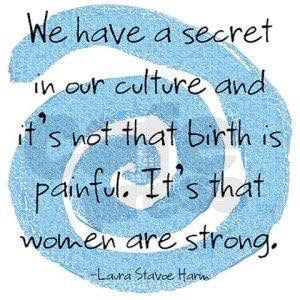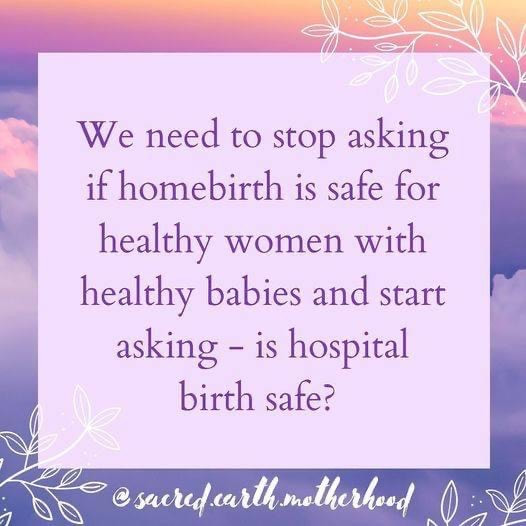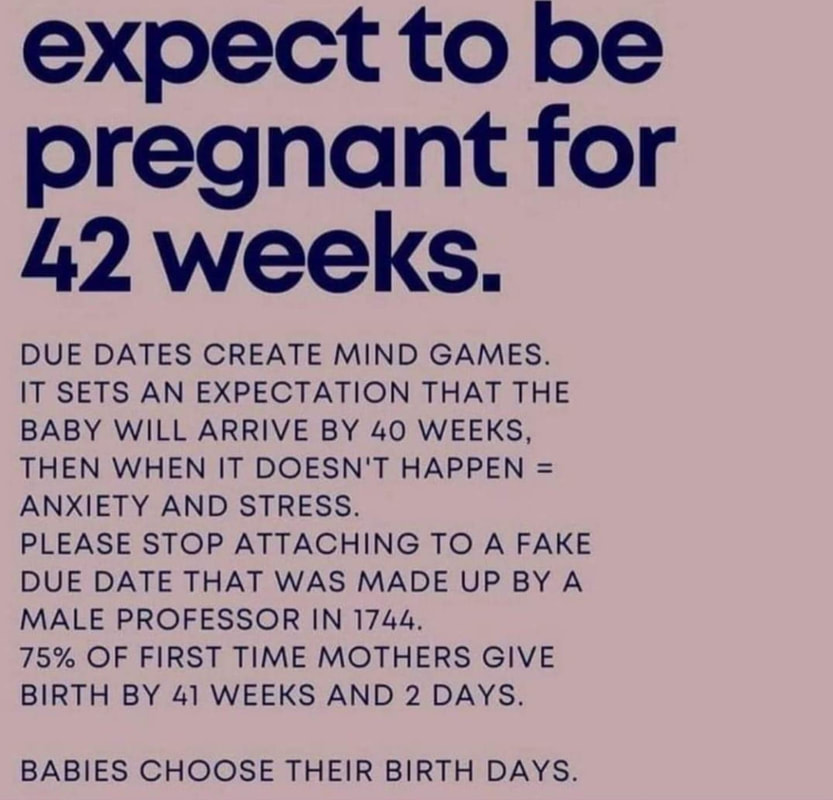About Home birth
“A systematic review and meta-analysis has further confirmed the safety of home birth for healthy women, even if they are having their first baby. After comparing data from births planned at home birth, in birth centres and in hospital, researchers found that high-quality studies found no statistically significant difference in infant mortality between the different settings, although women giving birth at home or in birth centres were more likely to have a normal vaginal birth. In fact, women planning home births were nearly three times more likely to have a normal (that is, non-instrumental) vaginal birth than women planning a hospital birth.” Dr Sara Wickham
Homebirth
There are lots of reasons to opt for a home birth. We know from research studies that home birth is both safe and satisfying, that it leads to fewer interventions, a higher chance of breastfeeding success, and helps to make confident parents
There are lots of reasons to opt for a home birth. We know from research studies that home birth is both safe and satisfying, that it leads to fewer interventions, a higher chance of breastfeeding success, and helps to make confident parents
Pregnant women and maternity services are facing an induction epidemic. As medical guidelines include more “at risk” categories, women and our already overwhelmed and under resourced maternity systems are increasingly pressured to induce birth before labour begins spontaneously. Women are deemed to be too large and too old, while babies are estimated to be too big and too overdue. But is “better-out-than-in” really a safer option than waiting to birth in your own time?
Staggeringly, over a third of all pregnant women have their labour medically induced, and this is accompanied by a tsunami of avoidable medical interventions. Worldwide, this trend is growing at an alarming rate. This is despite both a lack of evidence demonstrating its benefits and a wealth of evidence indicating the significant short- and long-term negative impacts of induction on the health and wellbeing of mothers and their babies. Dr Sarah wickham
Staggeringly, over a third of all pregnant women have their labour medically induced, and this is accompanied by a tsunami of avoidable medical interventions. Worldwide, this trend is growing at an alarming rate. This is despite both a lack of evidence demonstrating its benefits and a wealth of evidence indicating the significant short- and long-term negative impacts of induction on the health and wellbeing of mothers and their babies. Dr Sarah wickham





